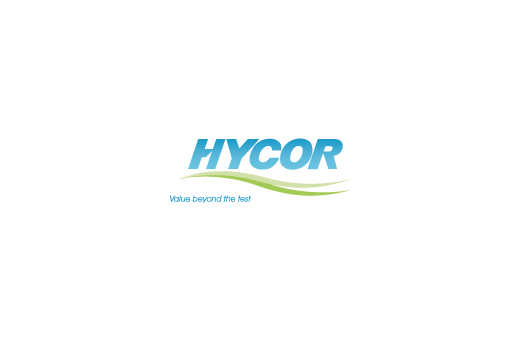Anti-Nuclear Antibody Screen
The detection of Anti-Nuclear Antibodies (ANA) has long been an important tool in the diagnosis of systemic rheumatic diseases. Until recently the majority of ANA testing had been almost exclusively conducted by immunofluorescence assays (IFAs). This had the advantage that highly trained operators could not only determine whether a sample is ANA positive, but could sometimes suggest which ANA are present. The problem was that this process was inherently subjective. The ELISA systems now available allow the operator to screen out the ANA negatives and then go on through a cascade of tests to determine, quantitatively, precisely which antibodies are present.
As a diagnostic tool for connective tissue diseases such as Systemic Lupus Erythematosus (SLE) and Sjögren’s Syndrome (SS), an ANA Screen test should be able to pick up antibodies to any of the ANA antigens. In SLE patient’s sera 96% contained IgG isotype antibodies to ANA antigens, 35% IgM and 16% IgA. These data suggest that an ANA Screen test specific for IgG class antibodies will be sufficient to detect sera that contain ANA.
ANA can be subdivided into several groups which include Extractable Nuclear Antigens (ENA), DNA Antigens, Anti-Mitochondrial Antigens (AMA), Proliferating Cell Nuclear Antigen (PCNA), Centromere, Histones, Cytoplasmic and Nucleolar. All of these antibodies have roles, of varied importance, in a range of connective tissue diseases.
The AutostatII assay for detection of autoantibodies is a solid phase immunosorbent assay (ELISA) in which the analyte is indicated by a colour reaction of an enzyme and substrate. The AutostatII wells are coated with purified antigen (1).
On adding diluted serum to the wells the antibodies (2) present bind to the antigen. After incubating at room temperature and washing away unbound material, horseradish peroxidase conjugated anti-IgG monoclonal antibody (3) is added, which binds to the immobilised antibodies.
Following further incubation and washing, tetra-methyl benzidine substrate (TMB) (4) is added to each well. The presence of the antigen-antibody-conjugate complex turns the substrate to a dark blue colour. Addition of the stop solution turns the colour to yellow.
The colour intensity is proportional to the amount of autoantibodies present in the original serum sample.

